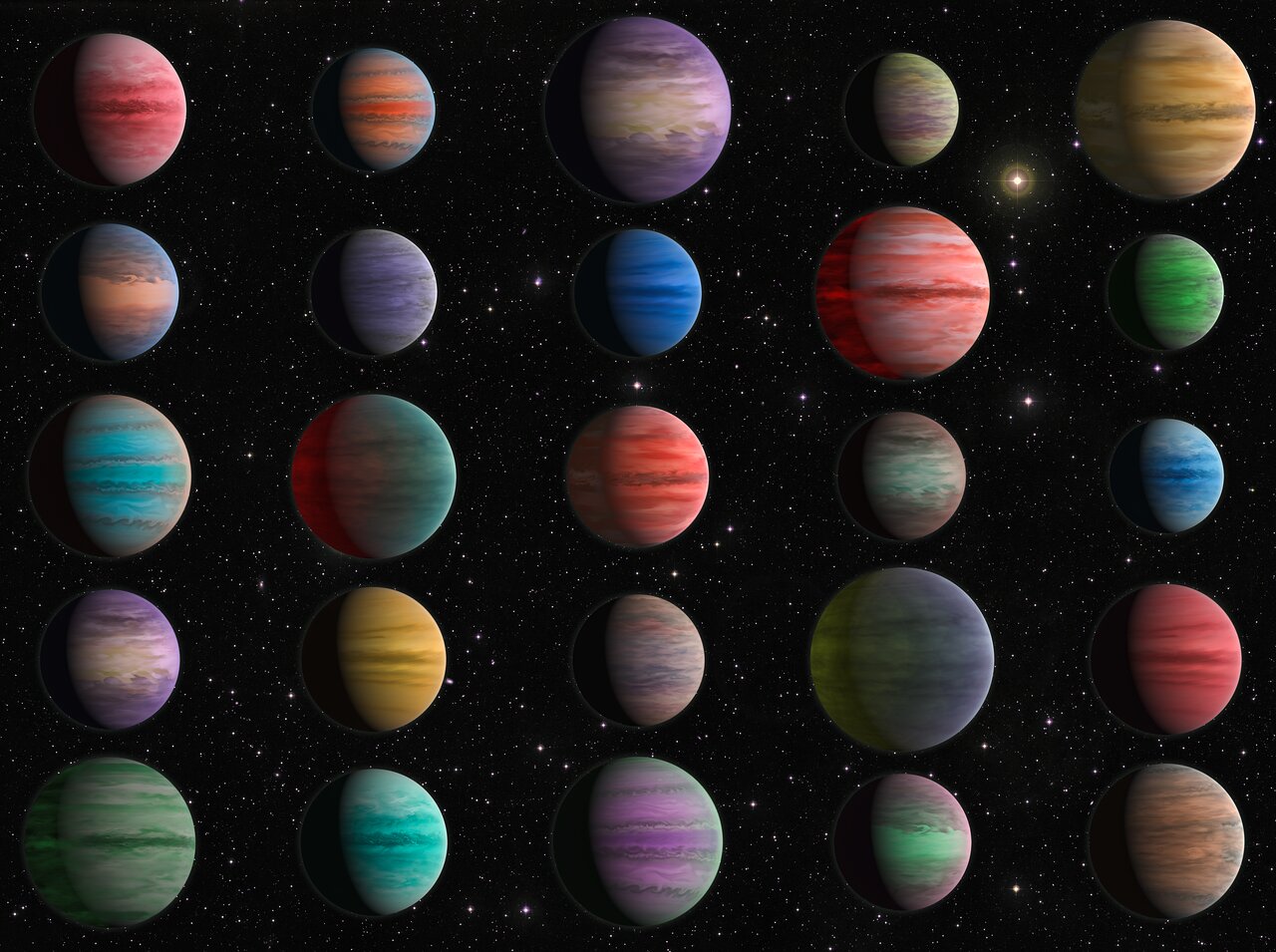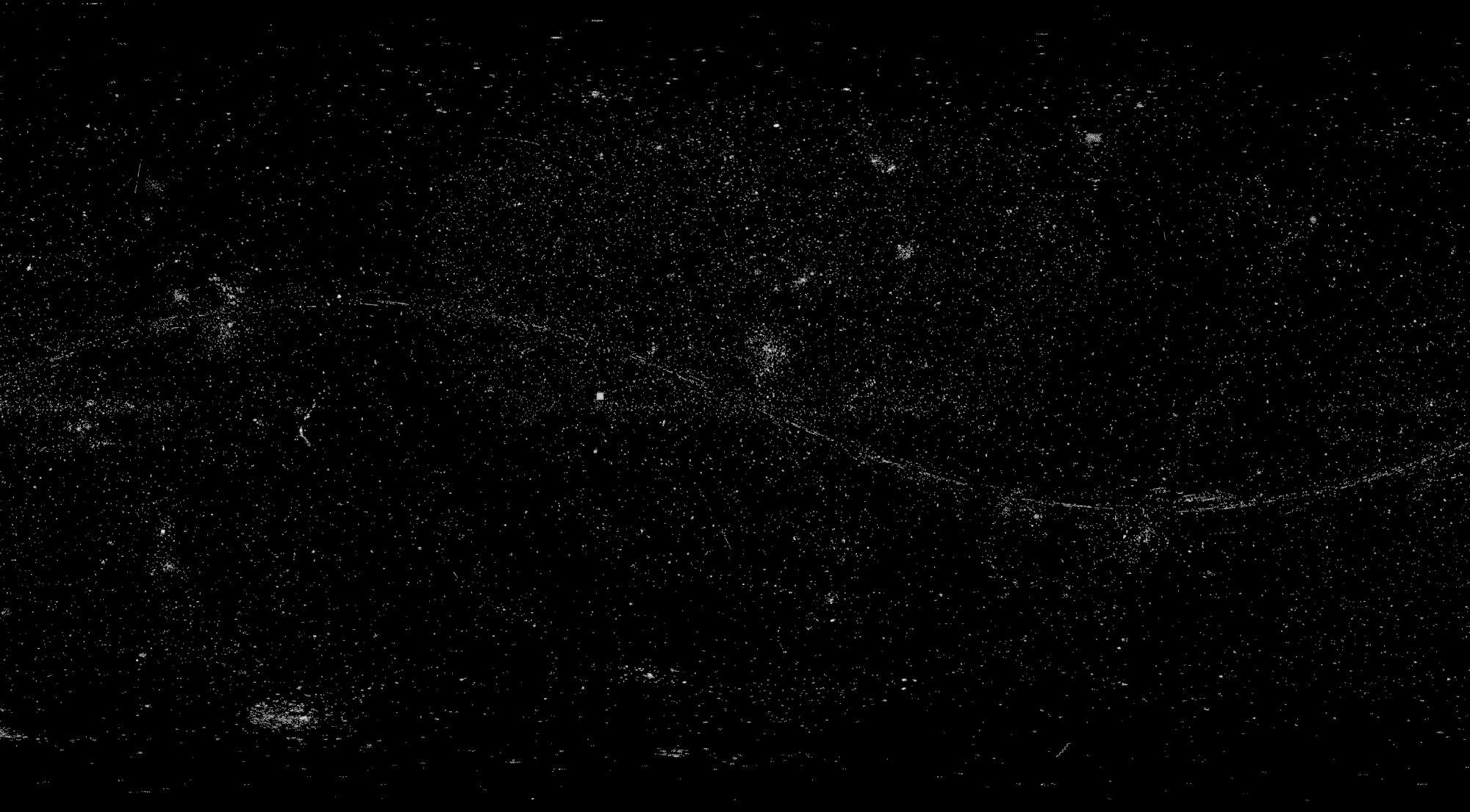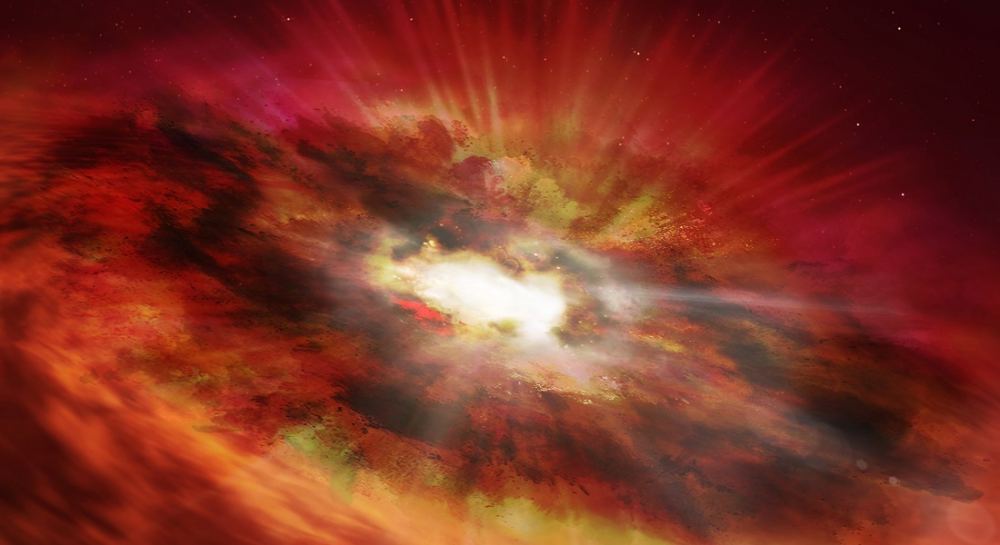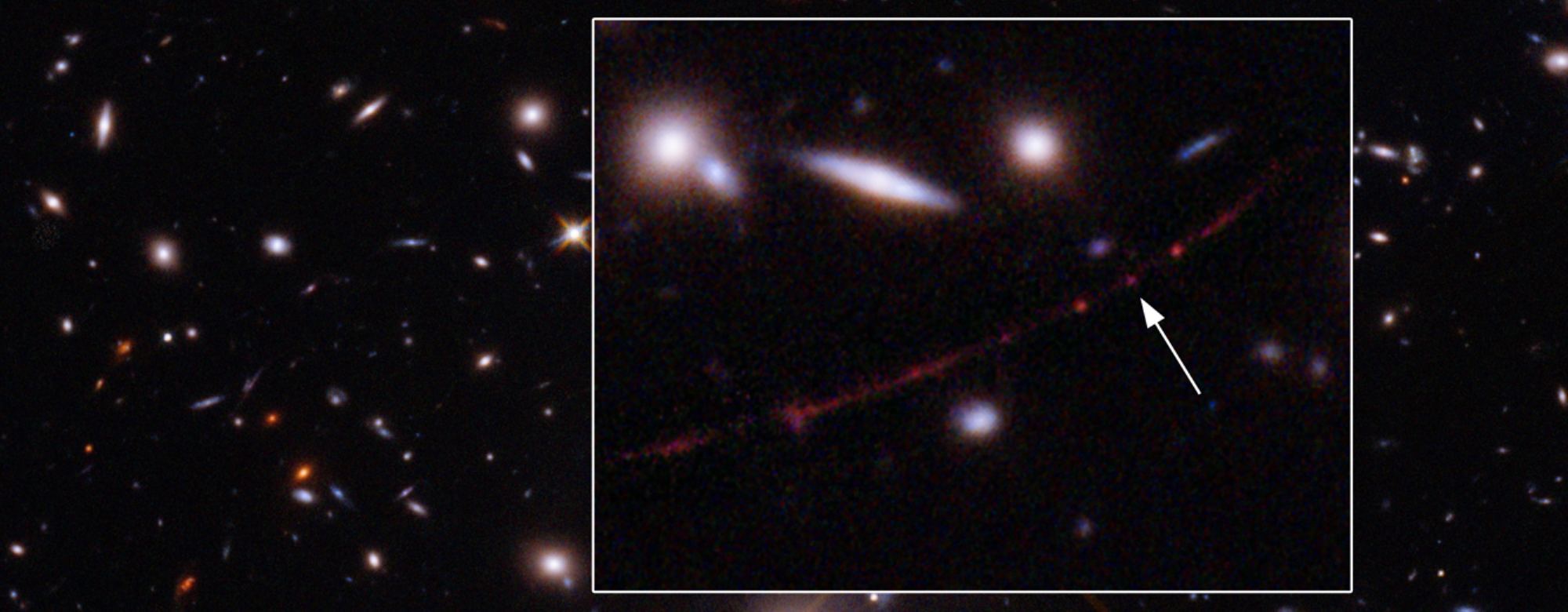Here’s Hubble doing what Hubble does best.
Some of the Hubble Space Telescope’s most famous and stunning images are of distant galaxies, and this one is drop-dead gorgeous too.
Continue reading “Gaze Into the Heart of a Grand Spiral Galaxy”
Here’s Hubble doing what Hubble does best.
Some of the Hubble Space Telescope’s most famous and stunning images are of distant galaxies, and this one is drop-dead gorgeous too.
Continue reading “Gaze Into the Heart of a Grand Spiral Galaxy”
Researchers have found over 1,700 asteroid trails in archived Hubble data from the last 20 years. While many of the asteroids are previously known, more than 1,000 are not. What good are another 1,000 asteroids? Like all asteroids, they could hold valuable clues to the Solar System’s history.
Continue reading “Scouring Through old Hubble Images Turned up 1,000 new Asteroids”
Hot Jupiters are giant exoplanets – even more massive than Jupiter – but they orbit closer to their star than Mercury. When they were first discovered, hot Jupiters were considered oddballs, since we don’t have anything like them in our own Solar System. But they appear to be common in our galaxy. As exoplanets go, they are fairly easy to detect, but because we don’t have up-close experience with them, there are still many unknowns.
A new study used archival data from the Hubble and Spitzer space telescopes to study this class of giant gas exoplanets, and undertook one of the largest surveys ever of exoplanet atmospheres. The researchers said they employed high performance computers to analyses the atmospheres of 25 hot Jupiters using data from about 1,000 hours of telescope observations. Their findings, published in the Astrophysical Journal Supplement Series, help to answer several long-standing questions about hot Jupiters.
Continue reading “Hubble has Characterized 25 Hot Jupiters. Here’s What we Know so far”While the Hubble Space Telescope celebrates 32 years in orbit, like a fine wine, it has only gotten better with age as it continues to study the Universe and teach us more about our place in the cosmos. Hubble doesn’t just take breathtaking images of our Universe, but it also studies our own solar system, galaxies, and exoplanets, as well. It is this last subject where Hubble has recently been hard at work, though.
Continue reading “Hubble Checks the Weather on Hot Jupiters. Forecast: 100% Chance of Hellish Conditions”
Over the past 32 years, Hubble has made about 1.4 million observations of our Universe. Physicist Casey Handmer was curious how much of the sky has been imaged by Hubble, and figured out how to map out all of Hubble’s observations into one big picture of the sky.
It’s a gorgeous, almost poetic look at Hubble’s collective view of the cosmos. So, how much of the sky has Hubble imaged? The answer might surprise you.
Continue reading “Here are All of Hubble’s Observations in One Picture”
At the center of the more-massive galaxies in the Universe lie the intensely powerful and energetic phenomena known as supermassive black holes (SMBHs). This includes the SMBH at the center of the Milky Way, the mysterious radio source known as Sagittarius A*. The presence of these black holes causes the nuclei of these galaxies to become particularly energetic – aka., an Active Galactic Nucleus (AGN), or a Quasar – and causes them to outshine all of the other stars in the galactic disk combined.
For decades, astronomers have sought to learn more about SMBHs and their role in the evolution of the cosmos. A particularly burning question is how early SMBHs formed in the Universe, which would place constraints on how they have influenced galaxies over time. In a surprising discovery, an international team observed the ancestor of an SMBH for the first time. This black hole (known as GNz7q) existed during a period known as “Cosmic Dawn,” far earlier than expected.
Continue reading “An Ancestor of Supermassive Black Holes, Found at Cosmic Dawn”
It’s official. Comet C/2014 UN271 (Bernardinelli-Bernstein) has the largest nucleus ever seen in a comet. The gargantuan comet was discovered in the fall of 2021, and in January 2022, astronomers turned the Hubble Space Telescope to ascertain more details and determine the exact size.
NASA said a team of scientists has now estimated the diameter is approximately 129 km (80 miles) across, making it larger than the state of Rhode Island. The nucleus is about 50 times larger than other known comets. Its mass is estimated to be a staggering 500 trillion tons, a hundred thousand times greater than the mass of a typical comet found much closer to the Sun.
Continue reading “Hubble Confirms Comet C/2014 UN271 is an Absolute Unit, Astronomically Speaking”
A star that sounds as if it came from “The Lord of the Rings” now marks one of the Hubble Space Telescope’s farthest frontiers: The fuzzy point of light, known as Earendel, has been dated to a mere 900 million years after the Big Bang and appears to represent the farthest-out individual star seen to date.
Based on its redshift value of 6.2, Earendel’s light has taken 12.9 billion years to reach Earth, astronomers report in this week’s issue of the journal Nature. That distance mark outshines Hubble’s previous record-holder for a single star, which registered a redshift of 1.5 and is thought to have existed when the universe was 4 billion years old.
The newly reported record comes with caveats. First of all, we’re talking here about a single star rather than star clusters or galaxies. Hubble has seen agglomerations of stars that go back farther in time.
“Normally at these distances, entire galaxies look like small smudges, with the light from millions of stars blending together,” lead author Brian Welch, an astronomer at Johns Hopkins University, said today in a news release. “The galaxy hosting this star has been magnified and distorted by gravitational lensing into a long crescent that we named the Sunrise Arc.”
A close look at the arc turned up several bright spots, but the characteristics of the light coming from Earendel pointed to a high redshift, which translates into extreme distance. The higher the redshift, the faster the source of the light is receding from us in an ever-more-quickly expanding universe.
Continue reading “A New Record! Hubble Detects an Individual Star From a Time When the Universe Was Less Than a Billion Years Old”
In the history of space exploration, a handful of missions have set new records for ruggedness and longevity. On Mars, the undisputed champion is the Opportunity rover, which was slated to run for 90 days but remained in operation for 15 years instead! In orbit around Mars, that honor goes to the 2001 Mars Odyssey, which is still operational 20 years after it arrived around the Red Planet.
In deep space, the title for the longest-running mission goes to the Voyager 1 probe, which has spent the past 44 years exploring the Solar System and what lies beyond. But in Earth orbit, the longevity prize goes to the Hubble Space Telescope (HST), which is once again fully operational after experiencing technical issues. With this latest restoration of operations, Hubble is well on its way to completing 32 years of service.
Continue reading “Hubble is Fully Operational Once Again”Behold, the Herbig-Haro object known as HH45, captured by the Hubble Space Telescope (HST)! These objects are a rarely seen type of nebula made up of luminous clouds of dust and gas. These occur when newborn stars form within a nebula and eject hot gas, colliding with the surrounding gas and dust. The result is bright shock waves that look like mounded, luminous clouds in space!
Continue reading “Colliding Gases at the Heart of the Running Man Nebula”